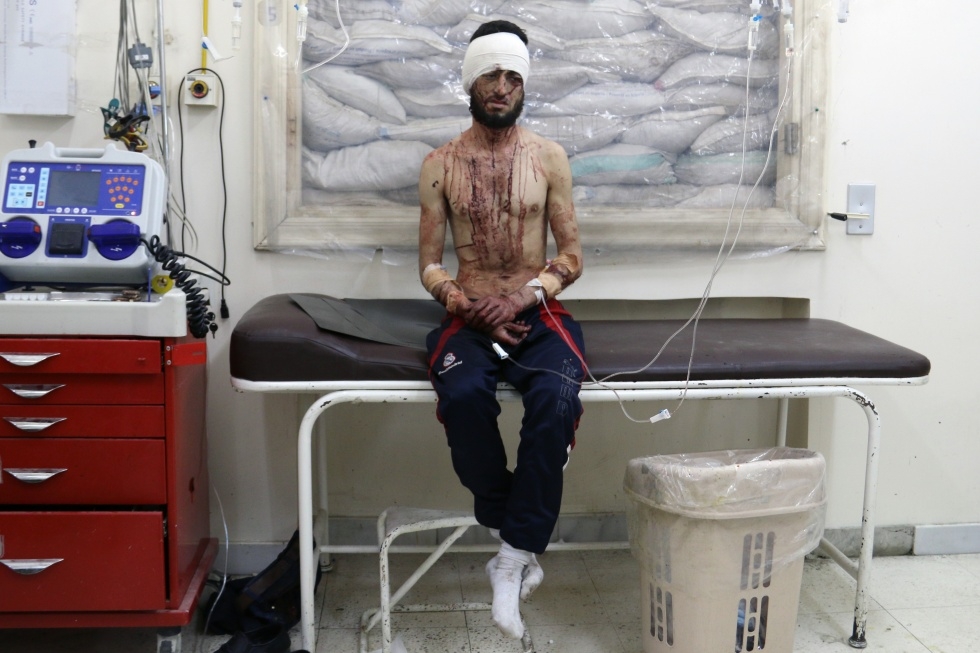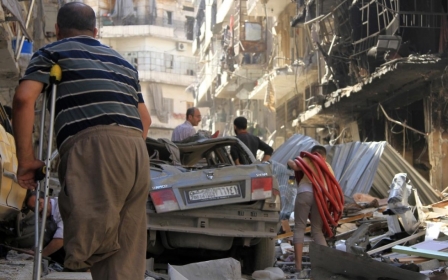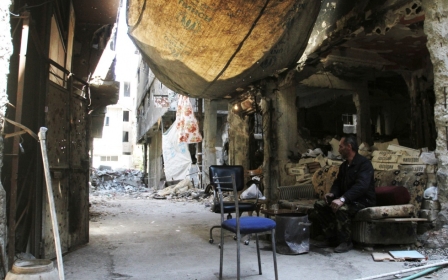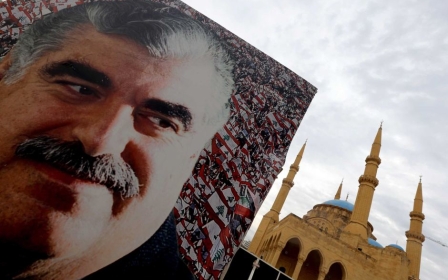Hospitals targeted by Syrian government forces in east Aleppo

One of the largest hospitals in Syria's Aleppo was forced to shut down indefinitely on Wednesday, a day after Amnesty International released a new report documenting human rights violations in the city by both the government forces and armed opposition groups.
Al Sakhour Hospital has halted all activities due to being targeted by airstrikes and rocket fire from President Bashar al-Assad's forces on consecutive days last week. The hospital is one of two main medical centres in the opposition controlled east Aleppo and used to serve 400,000 people.
It is not yet clear whether it will be able to operate again or not.
“We renew our appeal to the warring parties to respect civilians, health facilities and medical staff,” said Raquel Ayora, MSF’s director of operations. “These new attacks on medical infrastructure are intolerable.”
Al Saroukh hospital receives medical supplies from MSF every three months, with the next delivery set in June. However, as one MSF representative told AFP, the organisation is unsure whether that will be possible.
UK-based monitoring group the Syrian Observatory for Human Rights reported that barrel bombs had struck the immediate vicinity of the hospital on 28 and 30 April. The hospital was forced to close down for several weeks last summer after being targeted by air strikes, MSF said.
MSF, who work with six medical facilities inside Syria, has confirmed that another medical centre in Aleppo was targeted in recent weeks and suspended its activities since 17 April.
Hospitals in Aleppo have been overwhelmed with treating patients injured in barrel bomb attacks, facing dwindling supplies, a shortage of medical staff, and bombing.
In a report released last year, Human Rights Watch interviewed medical personnel and doctors who confirmed the government attacks on hospitals through the use of barrel bombs, which are crude containers filled with explosives that are dropped by government forces from helicopters.
One doctor relayed how the bombs struck two official hospitals in the Hanano and al-Shaar neighbourhoods in Aleppo, adding that the location of both hospitals would be known to the government.
On 21 November 2014, a building adjacent to the the Dar al-Shifa hospital in east Aleppo was levelled to the ground by government air strikes. As a result, the hospital, which had previously faced aerial attacks on its upper storeys in the previous months, was filled with debris and shrapnel and sustained considerable damage.
15 people were reported to be killed, including two medical staff and a child.
The seven storey building, which was once a private clinic owned by businessmen loyal to President Assad, became a field hospital run by volunteer doctors and nurses who treated civilians and members of rebel groups.
It is not just medical facilities and buildings that are being targeted by government forces. Last year, the Violations Documentation Centre (VDC) in Syria documented the detention of more than 53 doctors and medical staff in Aleppo by the Syrian government, some of who were forcibly disappeared. Others are still under arrest.
VDC has also monitored violations committed against medical staff by opposition armed groups in Aleppo and elsewhere.
The Syrian government has denied the use of barrel bombs to target civilians and insisted that these bombs were directed at only “terrorists.”
Aleppo, which used to be Syria’s economic hub, has been divided between government control in the west and opposition control in the east since mid-2012.
Middle East Eye propose une couverture et une analyse indépendantes et incomparables du Moyen-Orient, de l’Afrique du Nord et d’autres régions du monde. Pour en savoir plus sur la reprise de ce contenu et les frais qui s’appliquent, veuillez remplir ce formulaire [en anglais]. Pour en savoir plus sur MEE, cliquez ici [en anglais].




